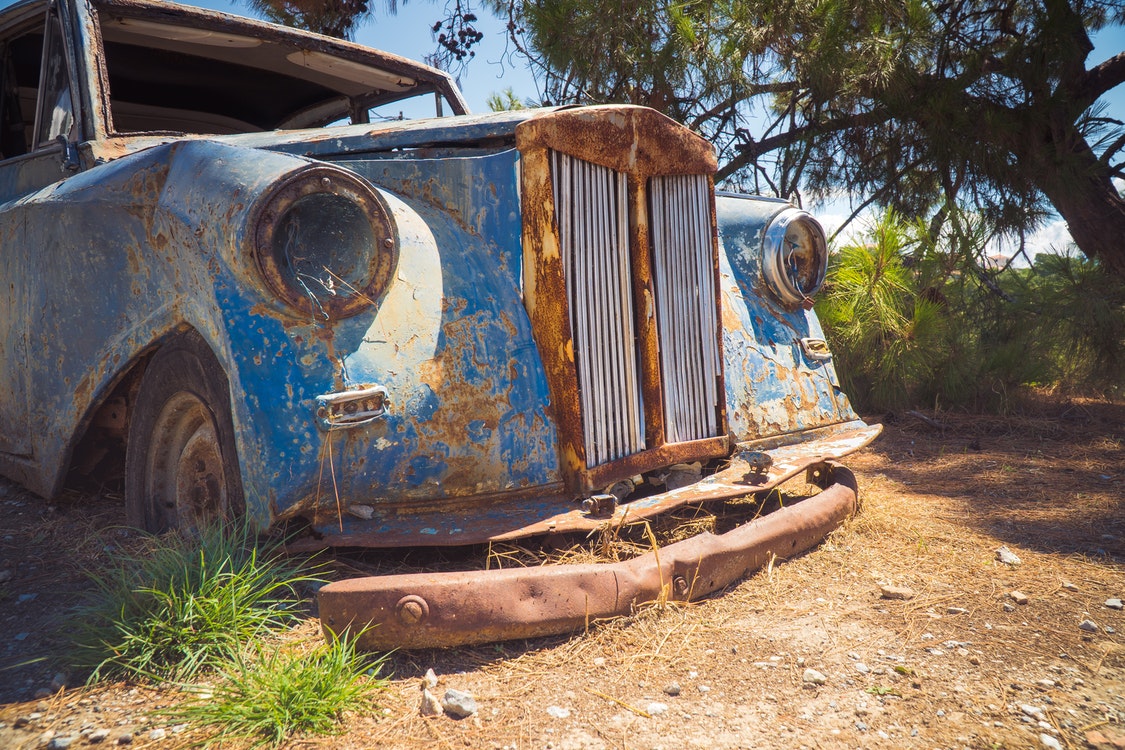An anti-rust coating is an effective measure for protecting metals from the effects of rusting. This protective layer is usually a thin film, but in cases of steel or iron, the anti-rust coating may be a thick paint. Some people call these paints coatings because the material that coats the surface is referred to as an anti-rust coating.
There are numerous products and techniques available for the application of anti-rust coatings on metal surfaces. Metal coatings are available in both prepared and raw form. The ready form is ready to use, whereas the raw form needs to be processed before it can be applied.
You will find that there are many different coatings available, and it can be confusing to choose one from the many on offer. So, here is some information to assist you in your choice of an anti-rust coating for your requirements.
There are mainly two types of anti-rust coatings. One is an electrochemical coating, and the other is an organic coating. An electrochemical anti-rust coating is made by subjecting metals to high voltage electric current.

The other type of anti-rust coating is made by exposing an iron or steel item to high temperatures. The only real difference is in the chemical reactions that lead to the formation of the coatings, and therefore in the processing of the materials.
Both of these types of anti-rust coating for metals have their own advantages. Electrochemical coatings provide protection against rust because it is formed with organic chemicals that prevent oxidation. The organic chemicals in the anti-rust coating mix with the rust, and inhibit the reaction causing the corrosion.
The other good thing about these coatings is that they are environmentally friendly. However, electrochemical coatings require continuous processing because it forms a protective film over the object, making rusting harder.
They also have limited applications, because corrosion usually occurs at the exposed parts. In many industries, however, electro-coatings are still used. Some common application areas are railroad tracks, where flatbed trailers, train cars, and other metal items are subjected to constant exposure to the elements.
Some military applications use anti-rust coating for metals in airframes and ships, as well. Organic anti-rust coatings are more commonly used because they are applied on the outside of the metal object and do not need to undergo processing like electrochemical coatings.
They are more convenient because they can be applied quickly, and without much mess or damage to the object. Organic coatings can be painted on or sprayed on, but most commonly they are applied through a process called dipping.
This means that the coating is poured into a pre-dipped bottle, which is then shot with a stream of water to make the coating wet. The most popular anti-rust coatings are PVD and QPVC. These are generally used on aluminum and other metal alloys.
They give the metal a smooth, shiny, non-reflective surface, free of blemishes. These coatings are popular in auto shops and automotive shops, because of their easy application process and low cost. Depending on the type of metal being coated, the coating thickness can be different. The use of MIL DTL 5541 is another neat way to prevent early corrosion.
For instance, when coating steel, the thickness should be thinner than when coating aluminum. The thickness of the film will also affect how long the finish will last. Many coats of the anti-rust film can last up to 40 years if properly maintained, which makes them an economical choice for many industries.
However, always read the manufacturer’s instructions before applying any type of metal protection. The first step to applying anti-rust coatings is to clean the metal. The best way to clean an aluminum surface is to use soap and water, using the gentle dishwashing liquid.
It is important to rinse the metal thoroughly and pat it dry with a soft cloth. Some types of metal do not respond well to water, so it is important to follow the manufacturer’s guidelines when cleaning. Always wear gloves and safety glasses when cleaning as fumes from cleaners may cause some metals to change their color.
Once the metal has been cleaned and any spills or damage has been removed, it must be prepared for the anti-rust coating application. Preparing the surface is usually done by painting with an anti-rust paint or zinc chromate primer.
This must be done properly to ensure that the coating does not interfere with the painted area. Once the primer has dried, the surface can be painted with a clear coat, which will provide the additional protection needed against rust damage.
It is important to realize that an anti-rust coating for metals is only effective if it is applied correctly. In the installation process, care must be taken to ensure that the edges are flat and smooth. If they are not properly finished, then the coating will not have a smooth finish and it may chip over time.
For the best results, a shop must only supply the materials necessary to perform this type of work, such as brushes and knives.
